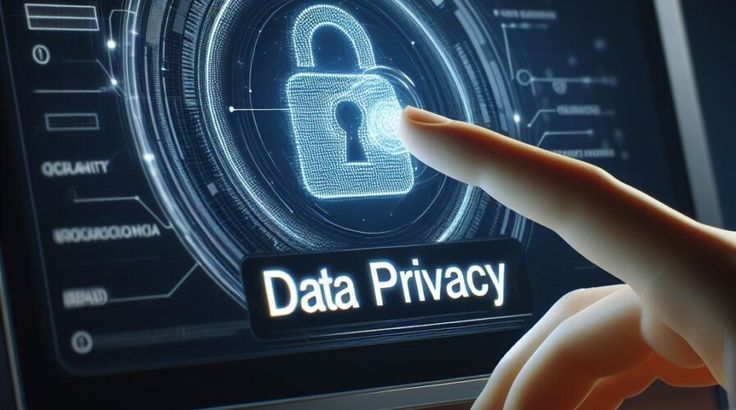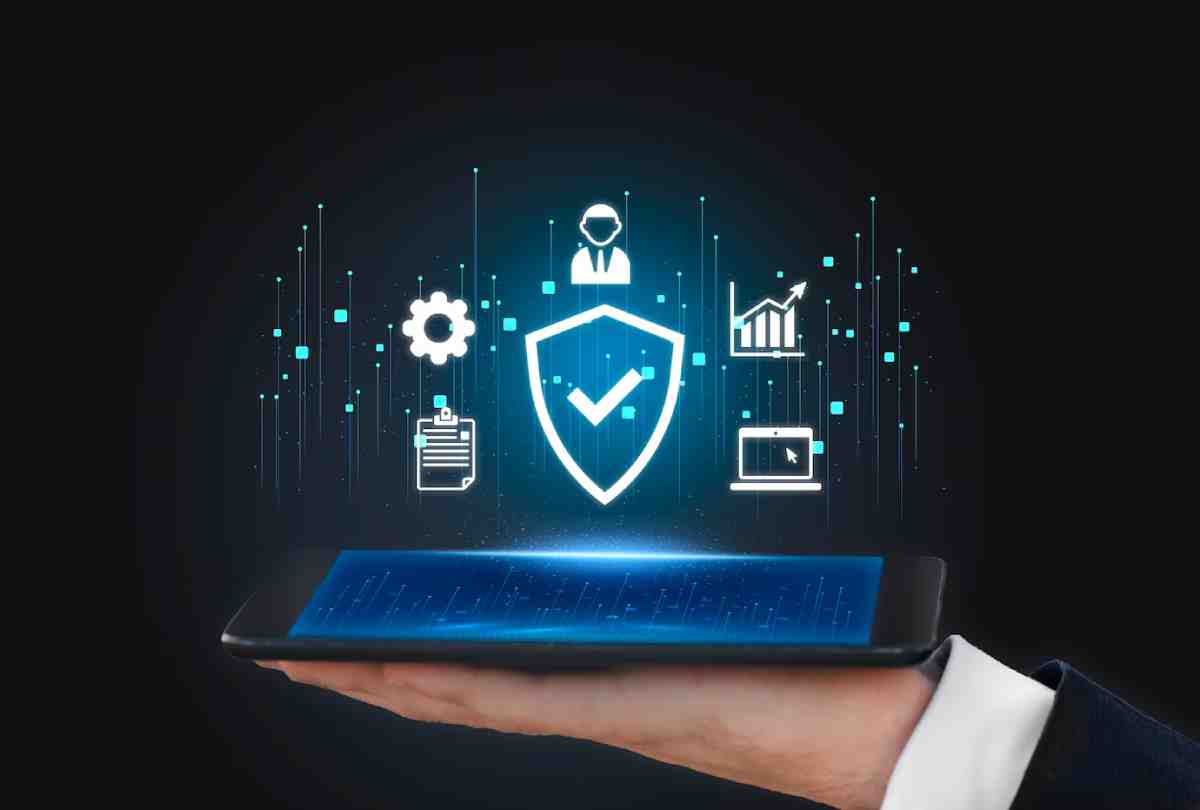How to Safeguard Your Personal Information from Hackers
In today’s digital world, protecting your personal data is essential. Hackers use smart methods to steal information. This can cause identity theft, money loss, and privacy issues. You must safeguard your data when you shop online, post on social media, or use banking apps. It’s your responsibility. This guide will provide simple and practical steps

In today’s digital world, protecting your personal data is essential. Hackers use smart methods to steal information. This can cause identity theft, money loss, and privacy issues. You must safeguard your data when you shop online, post on social media, or use banking apps. It’s your responsibility.
This guide will provide simple and practical steps to help you secure your personal information.
Pro Tip:
Start with your passwords. Change weak ones today, and consider a password manager to keep them unique and secure. It’s one of the easiest, most effective defenses against hackers.
Quick Guide: Steps to Begin Protecting Your Data
- Enable Two-Factor Authentication (2FA) for your key accounts.
- Avoid public Wi-Fi for banking or online shopping—use a VPN instead.
- Update your software regularly to patch security vulnerabilities.
Important:
Online safety isn’t just a tech issue—it’s a habit. Cybercriminals rely on human error just as much as technical gaps. Staying protected means staying aware: update often, double-check suspicious messages, and take data privacy as seriously as you do physical safety.

Understanding the Risks: How Hackers Target Your Data
Hackers exploit weaknesses in security systems and human errors to steal data. Recognising these threats is the first step to protecting your information.
Common Cyber Threats to Watch For:
- Phishing Attacks: Scammers use fake emails, texts, or calls to trick users. They want sensitive information.
- Malware and Ransomware: This harmful software steals your data or locks your device. You must pay a ransom to unlock it.
- Data Breaches: Hackers infiltrate online platforms and steal customer information.
- Public Wi-Fi Exploits: Unsecured public networks allow hackers to intercept your data.
- Weak Passwords: Simple or common passwords make it easy for hackers to access accounts.
By recognising these threats, you can proactively protect your data from cybercriminals.

Essential Cybersecurity Tips to Protect Your Data
1. Use Strong and Unique Passwords
Passwords are your first line of defence. Weak passwords make it easy for hackers to gain access.
- Create complex passwords with a mix of letters, numbers, and symbols.
- Use a different password for each account to prevent hackers from accessing multiple services.
- Consider using a password manager to store and generate secure passwords.
2. Enable Two-Factor Authentication (2FA)
2FA adds an extra layer of protection by requiring a second verification step.
- Use an authentication app like Google Authenticator or Microsoft Authenticator.
- Opt for biometric verification (fingerprint or facial recognition) where possible.
- 2FA reduces the risk of unauthorised access, even if your password is compromised.
3. Be Careful with Emails and Messages
Phishing scams often trick users into giving away sensitive information.
- Avoid clicking on links in emails or text messages from unknown sources.
- Verify the sender’s email address before responding.
- Never share personal information via email.
- Use spam filters and report suspicious messages to your email provider.
4. Keep Your Devices and Software Updated
Outdated software contains vulnerabilities that hackers can exploit.
- Enable automatic updates for operating systems, browsers, and apps.
- Use reputable antivirus software to detect and remove threats.
5. Secure Your Online Accounts
Minimise the risk of data breaches by strengthening your account security.
- Review privacy settings on social media and limit the information you share publicly.
- Use encrypted messaging apps for private conversations.
- Delete unused accounts to reduce exposure to potential data breaches.
6. Avoid Public Wi-Fi for Sensitive Transactions
Public Wi-Fi networks can be unsafe. This allows hackers to easily steal your information.
- Avoid accessing banking accounts or entering sensitive information on public Wi-Fi.
- Use a virtual private network (VPN) to encrypt your internet connection.
- Disable automatic Wi-Fi connections on your devices.
7. Monitor Your Financial Accounts and Credit Reports
Regularly check your financial statements for unusual activity to detect fraud early.
- Set up account alerts for suspicious transactions.
- Review your credit reports to identify potential signs of identity theft.
- Consider freezing your credit if you suspect fraudulent activity.
8. Use Secure Payment Methods
When shopping online, use secure payment methods to protect your financial information.
- Prefer credit cards over debit cards, as they offer better fraud protection.
- Use digital wallets like PayPal or Apple Pay to encrypt payment data.
- Shop only on trusted platforms with SSL encryption (look for “https://”).
9. Protect Your Devices
Cybercriminals can access your data if your devices are unsecured.
- Lock your devices with strong passwords or biometric authentication.
- Encrypt sensitive files and documents.
- Regularly back up your data to an external drive or cloud service.
10. Beware of Social Engineering Attacks
Hackers often manipulate victims into sharing sensitive information.
- Verify requests for personal information, even if they seem to come from a trusted source.
- Be cautious of messages that create a sense of urgency.
- Learn to recognise common social engineering techniques.

How Businesses Can Help Protect Customer Data
Businesses play a key role in protecting consumer data. They can help by:
- Implementing strong encryption for data storage and transactions.
- Conducting regular security audits to identify vulnerabilities.
- Educating customers on cybersecurity best practices.
- Offering fraud protection services to help customers recover from identity theft.
The Future of Cybersecurity and Data Protection
As cyber threats evolve, new technologies and strategies are emerging to strengthen data security.
1. Artificial Intelligence in Cybersecurity
AI security systems can spot and stop cyber threats instantly. They do this by analyzing patterns and finding unusual activity.
2. Biometric Authentication
Fingerprint, facial, and voice recognition add an extra layer of security beyond passwords.
3. Blockchain for Data Security
Blockchain technology boosts data security. It encrypts and decentralises information, which lowers the chances of data breaches.
4. Zero-Trust Security Model
The zero-trust model needs users and devices to be verified all the time before they can access sensitive data.
Conclusion: Stay Vigilant to Protect Your Personal Information
Guarding your personal information demands vigilance and proactive steps. Craft strong passwords, activate two-factor authentication, steer clear of dubious emails, and keep your software fresh. These practices dramatically diminish the risk of data breaches and identity theft. When shopping online, prioritise secure payment options.
Cyber threats evolve like chameleons in a rapidly changing tech landscape. To stay safe online, keep up with cybersecurity trends. Follow best practices to strengthen your digital defences.